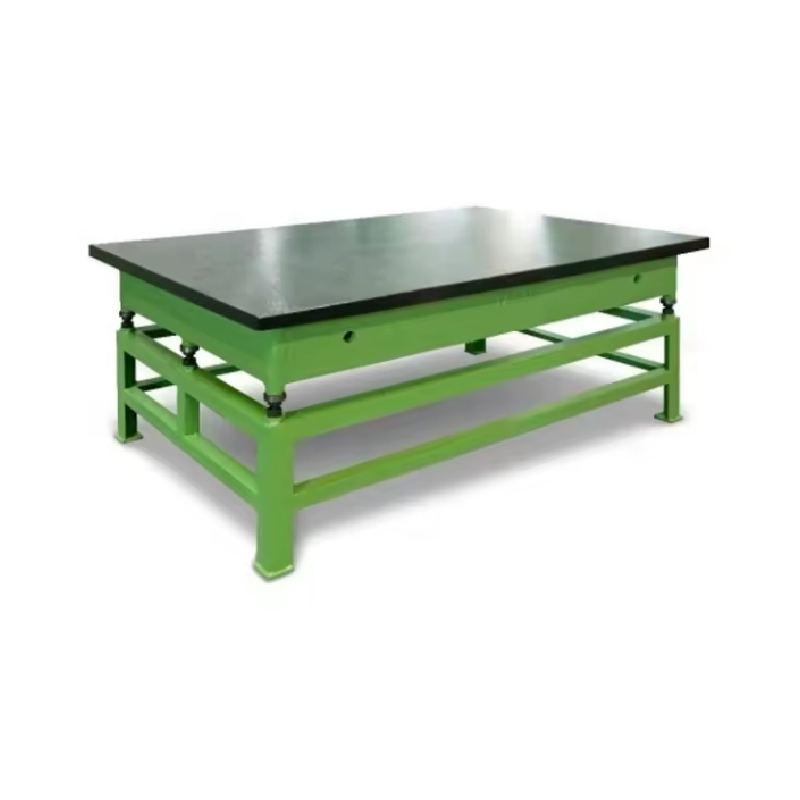Aug . 07, 2024 16:35 Back to list
Understanding the Functionality and Importance of Stop and Check Valves in Fluid Systems
Stop and Check Valves Essential Components in Fluid Control Systems
In the realm of fluid control systems, the efficient management of flow is paramount to ensure safety, reliability, and optimal performance. Among the various components that facilitate this control, stop and check valves play a critical role in maintaining the integrity of piping systems. This article explores the functionalities, types, and applications of stop and check valves, shedding light on their importance in various industries.
Understanding Stop and Check Valves
A stop valve is designed to regulate the flow of fluid through a pipe, allowing operators to turn on or shut off the flow as needed. This component is essential in applications where precise flow control is required, such as in heating, cooling, and water supply systems. Conversely, a check valve, also known as a non-return valve, prevents backflow, ensuring that fluid flows in one direction only. This is particularly crucial in systems where backflow could lead to contamination or damage to the equipment.
When combined, stop and check valves offer a comprehensive solution for fluid control. A stop and check valve essentially merges the functionalities of both types into a single unit, providing the ability to isolate sections of piping while simultaneously preventing reverse flow.
Types of Stop and Check Valves
Stop and check valves come in various designs, each suited for specific applications and operational requirements. The most common types include
1. Swing Check Valves These utilize a disc that swings on a hinge to allow fluid flow in one direction while closing against backflow. They are best used in horizontal pipelines and are favored for their durability and low-pressure drop characteristics.
stop and check valve

2. Lift Check Valves In this design, a disc is lifted by the flow of liquid and lowered when the flow ceases. These are ideal for vertical installations and are commonly used in high-pressure and high-temperature applications.
3. Ball Check Valves Utilizing a ball as a sealing mechanism, this type offers minimal resistance to flow and is highly effective at preventing backflow in low-pressure applications.
4. Diaphragm Check Valves Featuring a flexible diaphragm, this valve type provides excellent sealing against leakage and is often used in applications involving corrosive fluids or where contamination is a concern.
Applications in Various Industries
Stop and check valves are ubiquitous in numerous industries. In water supply systems, they prevent backpressure that could lead to contamination of potable water sources. In oil and gas operations, stop and check valves ensure safe transportation of hydrocarbon fluids, protecting equipment from potential backflow that could result in hazardous spills or leaks.
In chemical processing, these valves are essential for managing the flow of reactive substances, where backflow could cause dangerous chemical reactions. Additionally, power generation systems rely on stop and check valves to regulate steam and water flow, maintaining the efficiency and safety of operations.
Conclusion
In conclusion, stop and check valves are essential components in fluid control systems, offering functionality that enhances safety, reliability, and operational efficiency. Their ability to regulate flow and prevent backflow makes them a vital part of various industries, from water supply to chemical processing and oil and gas. Understanding the types and applications of these valves enables engineers and operators to select the right components for their specific needs, ultimately leading to improved performance and safety in fluid management. As technology advances, ongoing innovations in valve design will likely continue to enhance their effectiveness and reliability in an ever-evolving industrial landscape.
-
Why Metric Trapezoidal Thread is Ideal for Precision Motion ControlNewsAug.05,2025
-
The Unique Properties of a Block of Granite for Industrial UseNewsAug.05,2025
-
The Role of Flanged Y Strainers in Preventing Pipeline ClogsNewsAug.05,2025
-
The Importance of Regular Calibration for Master Ring GagesNewsAug.05,2025
-
How a Cast Iron Surface Table Enhances Accuracy in ManufacturingNewsAug.05,2025
-
Comparing Different Check Valve Types for Optimal Flow ControlNewsAug.05,2025
Related PRODUCTS









